Little-known facts about ancient Egyptian mummies that you won't learn about from movies
Categories: Culture | History | Nations
By Pictolic https://pictolic.com/article/little-known-facts-about-ancient-egyptian-mummies-that-you-wont-learn-about-from-movies.htmlThe culture of Ancient Egypt never ceases to inspire writers and screenwriters to new stories. Tom Cruise has already found himself in a difficult position, disturbing the mummy of the pharaoh's daughter. Actually, we mostly get information about mummies and everything related to them from films. But there is more and more talk about how spirits break free and how they are driven back into the world of the dead. Despite the fact that there are plenty of realistic stories about the embalmed bodies of Egyptians. Let's talk about them.
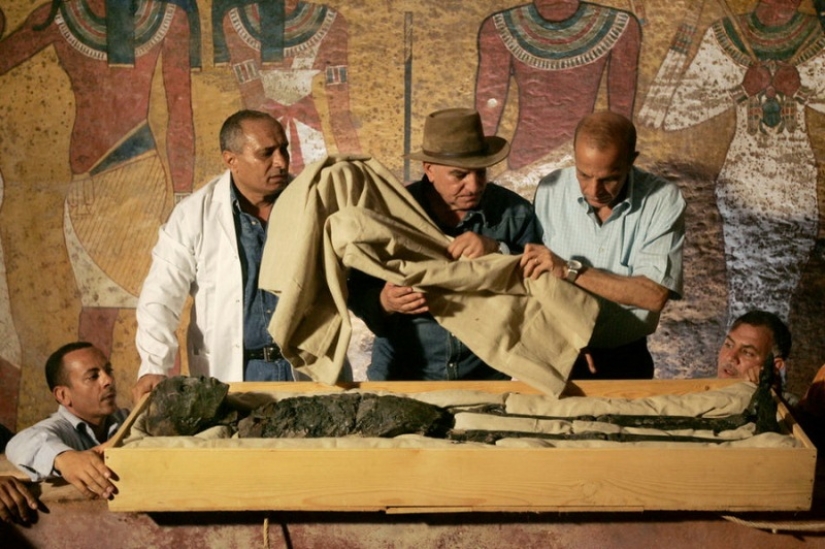
The ancient Egyptians believed that the physical body should join the soul in the afterlife, so it should be preserved as best as possible. But it was impossible not to extract the internal organs, because otherwise embalming would not have been effective (it took the Egyptians about 800 years to understand this). The only organ that was left inside the body was the heart. It was believed that the heart is the receptacle of the mind and emotions — those qualities that the deceased will need in the next world.
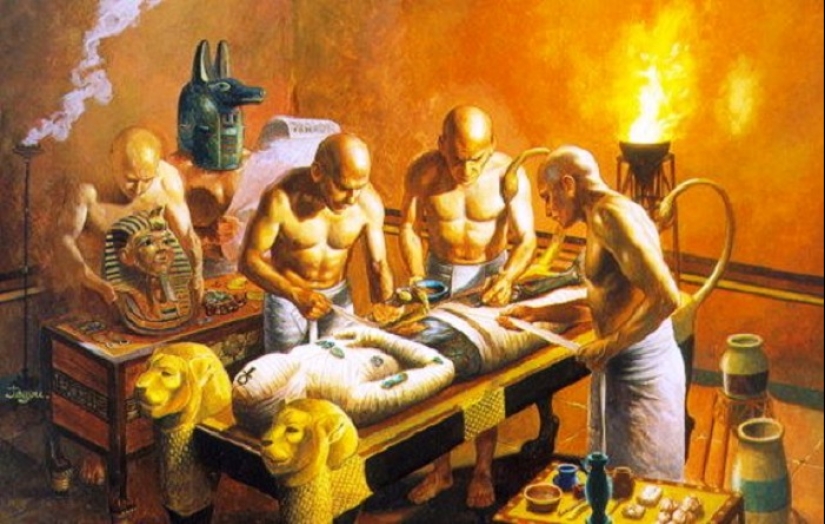
There is an opinion that only pharaohs were mummified. That's not so. In fact, any person who had enough funds could order such a service for himself or someone close to him. But there were not so many of them — the pleasure was not cheap. People's bodies were dried in a special way, organs were extracted, treated with special oils and wrapped in linen bandages. The whole process took up to 70 days. And everyone involved, from surgeons to clerks, received very substantial fees.
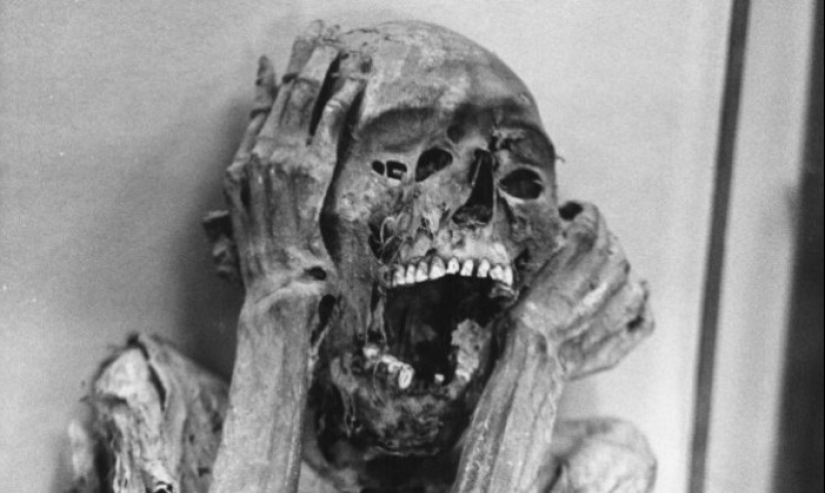
Dried bodies lying in sarcophagi are not a pleasant sight, and the sight of mummies with their mouths open is even more terrible. And there were a lot of such people. The fact is that the ancient Egyptians believed that if you embalm a dead man with his mouth open, it will be easier for him to breathe in the afterlife. Perhaps it was this custom that became the forerunner of the movie revived mummies.
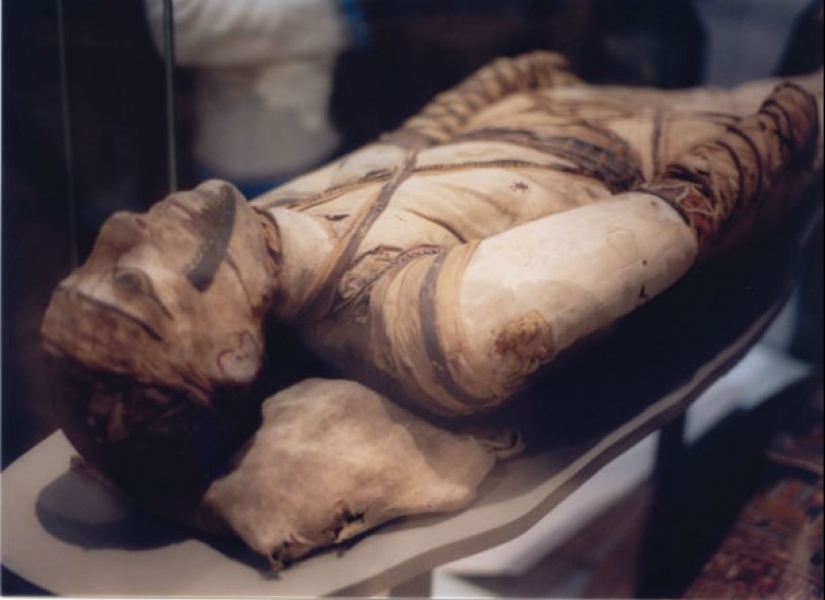
Not all mummies were given the same pose. For example, the pose with arms crossed on the chest, familiar to us from the movies, belonged exclusively to persons of royal blood and only to men. All the others were buried with their arms stretched out along the body or their hands were placed on their stomachs.
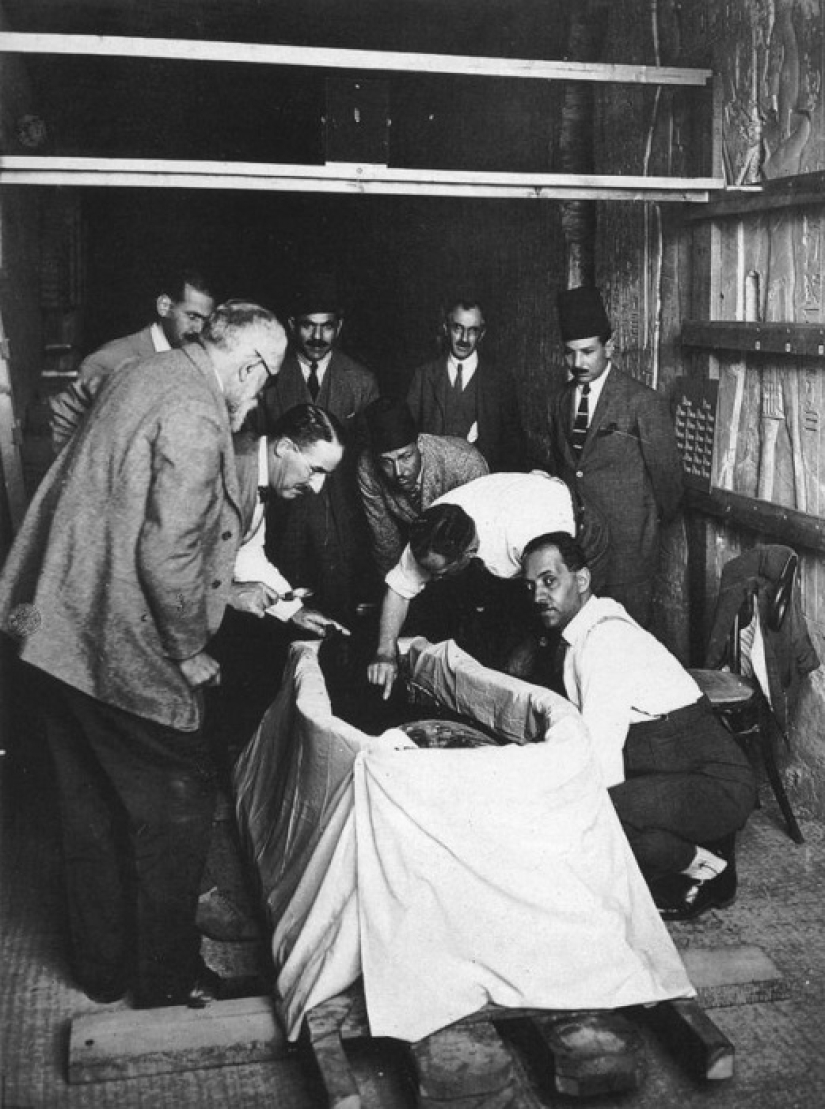
In the Victorian era, a popular entertainment at parties was the unwrapping of mummies. The owner bought the mummy, and the guests took turns removing the bandage, groaning in horror. Naturally, public autopsies were also carried out by archaeologists and doctors. However, they got mummies for free.
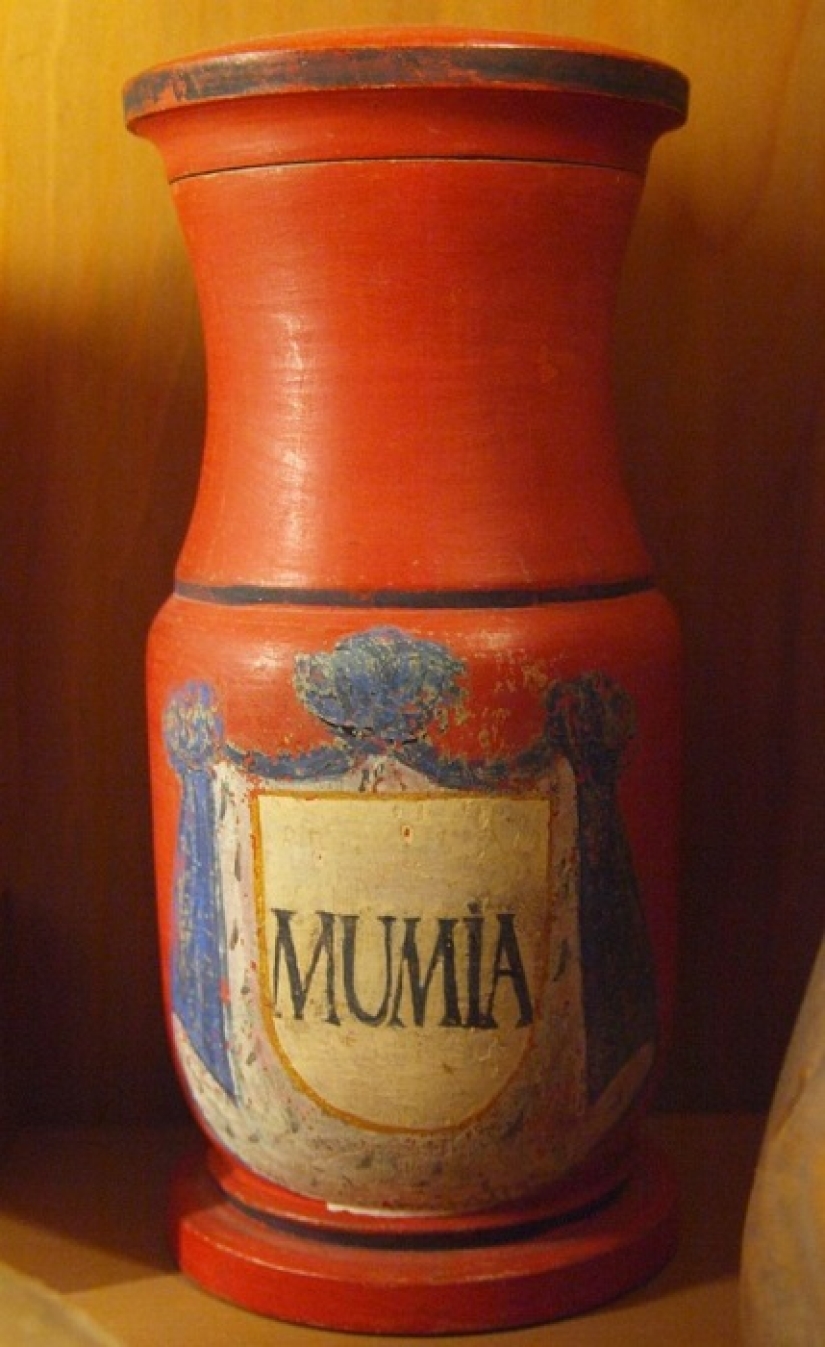
After autopsies and examinations, the bodies turned out to be unnecessary. At first they were thrown away, but then they began to sell at a symbolic price to paint manufacturers. Strange as it sounds, but the crushed remains of ancient bodies gave a colorful brown hue, and therefore were very popular with artists. Mummy paint was in demand right up to the 1960s. The reason for stopping the manufacture of such a dye turned out to be too trivial — the manufacturer simply ran out of mummies.
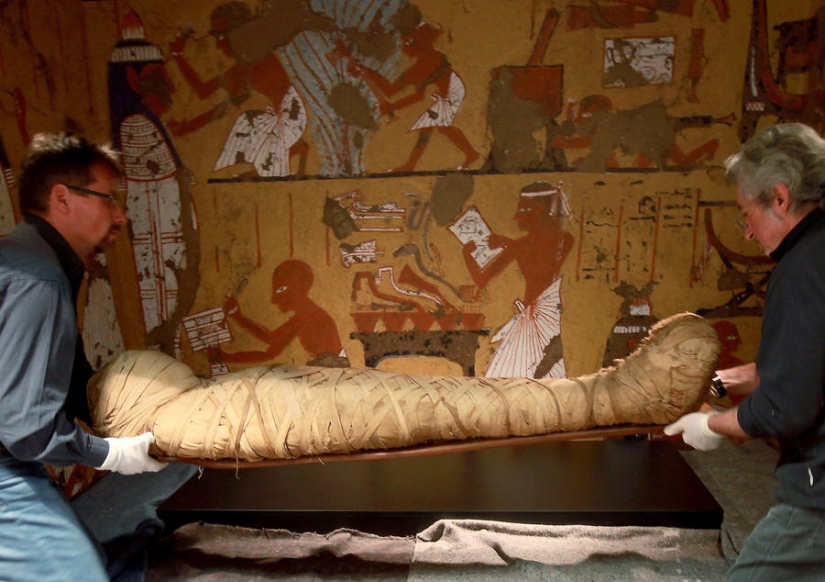
In the XVII-XVIII centuries, European aesculapians used the remains of mummies as a cure for almost all diseases. The powder made from the skull was especially appreciated. They treated everything from a runny nose to seizures of epilepsy. And King Charles II believed that mummy dust contained the secret of greatness. He kept several copies - from them he collected the crumbled dust and rubbed it into the skin.
Recent articles

We present you a selection of amazing beaches — but today these are not standard holiday destinations, but really unusual places. ...

Aerial photographer cronista johnny Miller demonstrate dramatically the gap between rich and poor in cities of South Africa, Mexico ...

On April 22, 1923, Bettie Page was born in Nashville, who became a sex symbol throughout the country in the middle of the century. ...